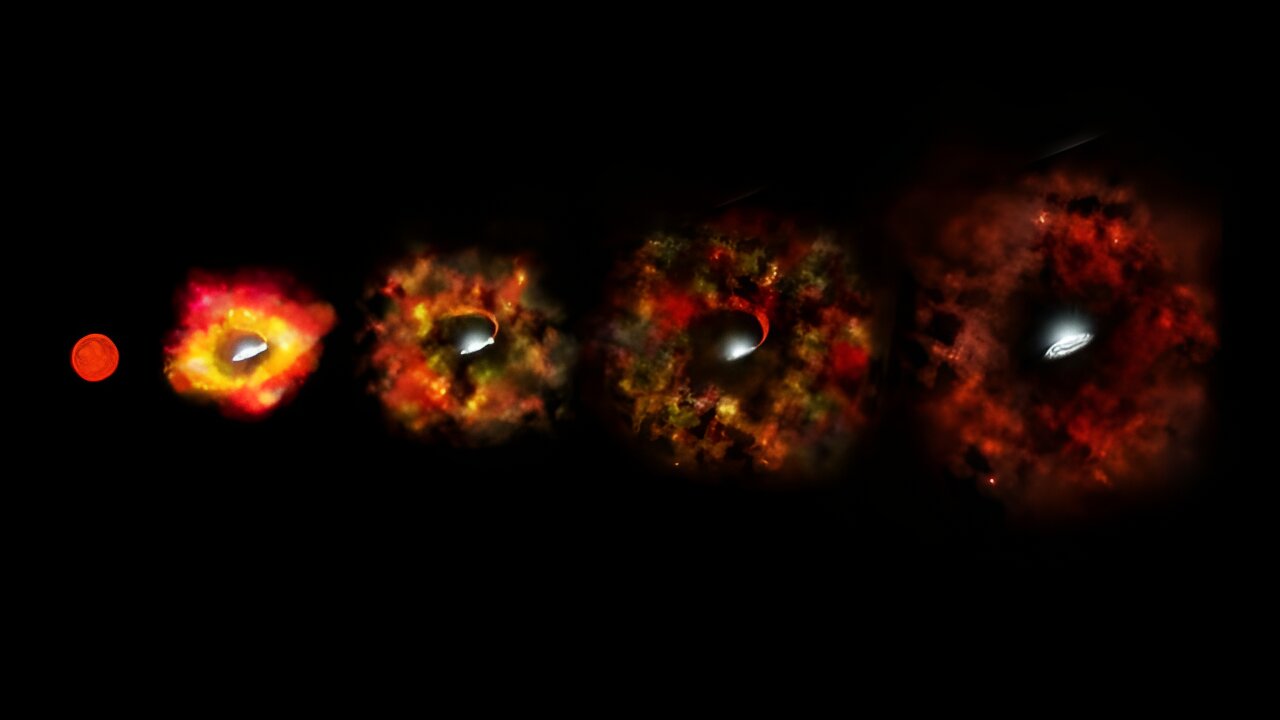Scientists are investigating what happened to the giant star N6946-BH1. In 2009, it flared up and disappeared without a trace. It has recently been established that it is not really what we thought about it all this time.

Where did the giant star disappear to
In 2009, a large star behaved extremely strangely in a galaxy 22 million light-years away from us. The giant luminary, which was then estimated to have a mass 25 times greater than the solar one, unexpectedly increased its brightness. Everyone thought it would flare up like a supernova.
Then the luminary was observed by the Hubble and Spitzer space telescopes, as well as the Large Binocular Telescope. Everyone expected the star to flare up like a supernova, but it suddenly just faded out. Then everyone thought that we were talking about an unsuccessful supernova; they sometimes happen in the Universe. However, the star was not visible at all, as if it had disappeared somewhere.
Perhaps it was actually there, but it became so dim that it was not seen by terrestrial telescopes, however, scientists could not come up with a normal explanation for how this could be. And then James Webb appears.
Merging of stars
There are two cameras on the James Webb Space Telescope: NIRCam and MIRI. They work in near- and mid-infrared light, and they were aimed at the place where the star should be. And they found a large release of gas and dust. However, there were not one, but three objects inside.
Scientists are not completely sure what they are, but they point out that the theory of an unsuccessful supernova now looks extremely doubtful. It looks more likely that it was a merger of stars, as a result of which the material was ejected.
According to phys.org
Follow us on Twitter to get the most interesting space news in time
https://twitter.com/ust_magazine

